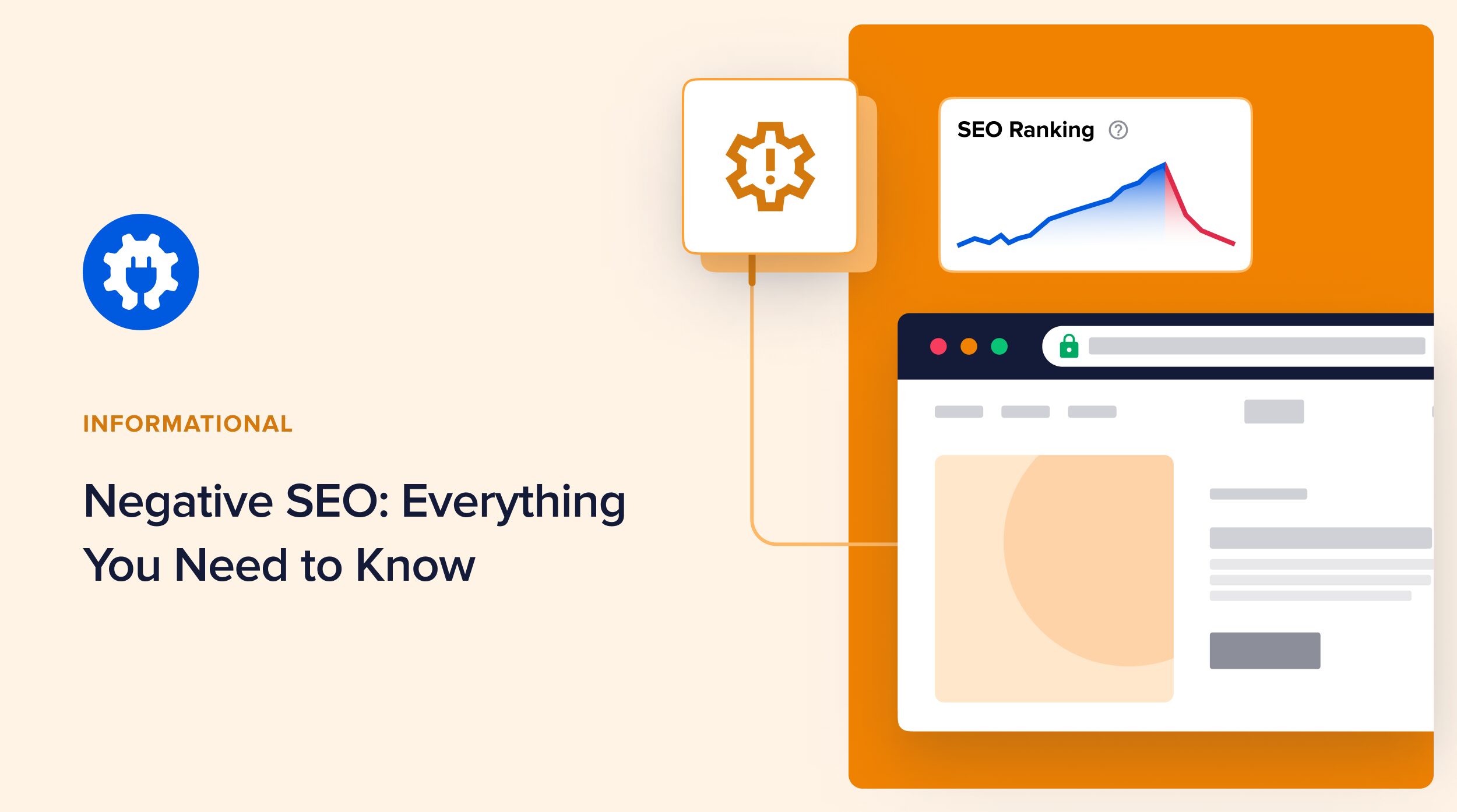In today’s digital world, where online visibility is critical to business success, search engine optimization (SEO) plays a vital role. It helps websites climb up the search engine rankings and attract organic traffic. However, like any other industry, there is a dark side lurking behind the scenes – negative SEO.
Yes, you heard it right! There are individuals out there who engage in unethical practices to harm their competitors’ website rankings. This shady tactic is known as negative SEO. This blog post will delve into this sinister practice and reveal how it can impact your website and business.
So fasten your seatbelts as we take you on a journey to unmask the hidden dangers of negative SEO services! Get ready to uncover common tactics used by these black-hat practitioners and learn how to protect your website from their malicious attacks. Let’s dive right in!
The Importance of SEO in Digital Marketing
Search engine optimization (SEO) is a crucial pillar in the vast digital marketing landscape. It’s not just about getting your website to rank high on search engine results pages (SERPs) but also about enhancing user experience and driving targeted traffic to your online presence.
Think of SEO as the guiding light that leads potential customers directly to your virtual doorstep. By optimizing various elements of your website, such as keywords, meta tags, and content structure, you can ensure that it appears prominently in relevant searches.
But what makes SEO so important? Imagine having an incredible product or service, but no one can find it online because it’s buried deep within the SERPs. That’s where SEO comes into play – increasing visibility and ensuring you’re reaching the right audience at the right time.
Moreover, with billions of searches happening daily across different search engines like Google, Bing, and Yahoo! Harnessing the power of SEO allows you to tap into this vast pool of potential customers actively seeking solutions or information related to your industry.
A well-executed SEO strategy not only boosts organic traffic but also establishes credibility for your brand. When users see your website consistently appearing among the top results for their queries. They are more likely to trust and choose you over competitors who might lag behind in their digital presence.
Implementing effective SEO techniques is essential for gaining online visibility, driving targeted traffic to your website. Establishing brand authority, and ultimately growing your business in today’s highly competitive digital world.
What is Negative SEO?
In the vast world of digital marketing, a dark side exists that many website owners fear – negative SEO. But what exactly is negative SEO? It refers to the unethical tactics individuals or competitors employ to harm your website’s search engine rankings.
Negative SEO can take various forms, such as building spammy backlinks, creating fake reviews, scraping content from your site and duplicating it elsewhere, or even hacking into your website and injecting malicious code.
These tactics trick search engines into thinking your website violates their guidelines. As a result, your rankings may plummet, leading to decreased visibility and traffic for your business.
Identifying if your website has been targeted by negative SEO can be challenging. However, some common signs include sudden drops in organic rankings or an influx of suspicious backlinks pointing to your site from low-quality websites.
The impact of negative SEO on your website and business can be devastating. Your online reputation may suffer as search engines penalize you for engaging in black-hat practices you have not yet treated. This initiated a loss of trust from potential customers and search engines alike.
Protecting yourself against negative SEO attacks requires vigilance and proactive measures. Regularly monitoring your site’s performance through tools like Google Analytics and Search Console can help identify any irregularities early on. Regularly auditing backlinks will enable you to disavow any toxic links pointing toward your site.
In conclusion, negative SEO poses a significant threat to businesses looking to establish a solid online presence. Awareness of these harmful tactics and protecting yourself is crucial in maintaining long-term success in the digital landscape.
Common Tactics Used in Negative SEO
When it comes to negative SEO, there are several tactics that unscrupulous individuals may employ to harm your website’s ranking and reputation. These malicious strategies can be covert and overt, aiming to trick search engines into penalizing your site or damaging its credibility. It is essential to understand these common tactics so you can be aware of any potential attacks on your website.
One tactic used in negative SEO is the creation of spammy backlinks. Competitors or ill-intentioned individuals may build low-quality links pointing to your site with anchor text that violates Google’s guidelines. This can lead search engines to believe you are participating in manipulative link-building practices, potentially penalizing you.
Another strategy employed by those engaging in negative SEO is content scraping. This involves copying and distributing content from your website across other sites without permission or proper attribution. By doing this, they aim to dilute your content’s uniqueness and ensure search engines understand the source.
Negative SEO practitioners also resort to hacking techniques targeting vulnerabilities in your website’s security systems. They might gain unauthorized access and make harmful changes like injecting malicious code, redirecting URLs, or deleting essential files.
One deceptive method is sending fake traffic through bot networks, known as “click fraud.” This artificially inflates visitor numbers on your site while skewing important analytical data such as bounce rate and session duration.
Web admins and businesses alike must stay vigilant against these tactics and regularly monitor their websites for signs of harmful SEO activity. Periodically checking for unusual spikes in backlink profiles. Monitoring duplicated content instances using plagiarism detection tools, and maintaining strong security measures on servers are ways to protect yourself from potential attacks.
How to Identify If Your Website Has Been Targeted by Negative SEO
One of the most critical steps in protecting your website from negative SEO attacks is identifying if your site has been targeted. Here are some key indicators to look out for:
Sudden Drop in Rankings: If you notice a significant and sudden decline in your search engine rankings, it could be a red flag that negative SEO tactics are at play. Keep an eye on your ranking positions regularly.
Unusual Backlink Profile: Negative SEO often involves the creation of low-quality or spammy backlinks pointing to your site. Monitor your backlink profile using tools like Google Search Console or third-party platforms to detect suspicious links.
Increase in Spammy Comments: Another sign of negative SEO is an influx of irrelevant or spammy comments on your blog posts or website pages. Be vigilant and moderate user-generated content to prevent such activity.
Manual Actions from Search Engines: If you receive notifications about manual actions taken against your website by search engines, it may indicate that they have detected manipulative techniques employed by others.
Strange Website Behavior: Pay attention to any unusual behavior on your website, such as sudden slowdowns, frequent crashes, or unauthorized changes to essential elements like meta tags or titles.
Remember, these signs alone may not confirm negative SEO targeting; however, if you notice multiple indications together, it’s crucial to investigate further and take appropriate action promptly.
Impact of Negative SEO on Your Website and Business
The impact of negative SEO on your website and business can be devastating. When your website falls victim to these malicious tactics, it can significantly drop rankings and lose organic traffic, ultimately affecting your bottom line.
One of the most apparent impacts is a sudden decrease in search engine visibility. Your website may remain on the first few search results pages or even completely deindexed by search engines. This means potential customers won’t be able to find you when searching for products or services related to your industry.
Another damaging effect is the loss of trust and credibility. Negative SEO attacks can lead to spammy backlinks pointing to your site or even hacked content appearing on your pages. This tarnishes your brand’s reputation and makes visitors wary about interacting with your site.
In addition, negative SEO can also negatively impact user experience. Slow page load times, broken links, and other technical issues caused by these attacks can frustrate users and drive them away from your site. High bounce rates and low engagement metrics will further signal search engines that something is wrong with your site’s quality.
One of the most concerning impacts is financial losses. If you rely heavily on organic traffic for conversions or sales. A sudden drop in rankings can directly translate into lower revenue for your business.
The impact of negative SEO must be considered. It requires immediate attention and action to mitigate its effects before it causes irreparable damage to both your website’s performance and overall business success.
Protecting Your Website from Negative SEO Attacks
Regularly Monitor Your Backlinks: Keep a close eye on your backlink profile and regularly audit the links pointing to your site. Use tools like Google Search Console or third-party software to identify suspicious or toxic links.
Disavow Unwanted Links: If you discover low-quality or spammy backlinks pointing towards your site, use Google’s disavow tool to inform search engines that you don’t want these links considered in their ranking algorithms.
Strengthen Your Website Security: Implement robust security measures like SSL encryption, strong passwords, regular updates of plugins and themes, and protection against malware or hacking attempts.
Monitor Changes in Organic Traffic: Keep an eye on any sudden drops in organic traffic, as it could be a sign of a damaging SEO attack targeting your website. Be vigilant about monitoring changes in keyword rankings as well.
Regularly Check for Duplicate Content: Ensure there is no duplicate content on your website by periodically checking using tools like Copyscape or Siteliner.
Secure Your Social Media Accounts: Be cautious with social media accounts linked to your website. They can also be targeted by negative SEO tactics such as fake reviews or spammy comments.
Build a Strong Brand Reputation: Focus on building a reputable brand presence online through quality content creation, engaging with customers positively, and maintaining good relationships with industry influencers.
8 Educate Yourself About Negative SEO Tactics: Stay informed about new techniques used in negative SEO so that you can adapt preventive measures accordingly and proactively counteract any potential attacks directed at your website.The post Unmasking The Dark Side Of SEO: Exposing Negative SEO Services first appeared on SEO X Press.


